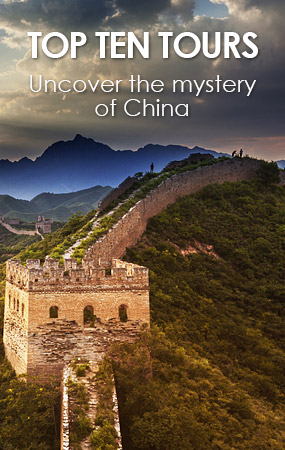Modern Beijing
Beijing thrives today as the political and cultural capital of China as well as a center of international activity and an important socialist base.
Great changes have taken place since the founding of the People’s Republic of China in 1949. The city walls were demolished to facilitate transportation and allow for general expansion. By 2001, the population exceeded 12.5 million, and the total municipal area was increased to over 17,800 square kilometers. The city is presently divided into 17 districts: Dongcheng, Xicheng, Chongwen, Xuanwu, Chaoyang, Haidian, Shijingshan, Fengtai, Shunyi, Changping, Mentougou, Tongzhou, Fangshan, Daxing, Huairou, Pinggu and Miyun. In addition to these urban districts, the municipality has one county -- YanqingCounty.
Plans for future development retain the symmetrical layout of the old city on its north–south axis, extending out into the suburban districts.
From Dingfuzhuang in the east to Shijingshan in the west and from Qinghe in the north to Nanyuan in the south, the overall plan covers an area of 1,000 square kilometers. A traffic network of four concentric beltways, 28 radial roads, and underground and suburban railways are being further developed to link the city center with outlying areas and surrounding towns.
With Tian’anmen at the center, offices along 38–kilometer–long Chang’an Boulevard will concentrate on state, political and economic affairs. The areas around the PalaceMuseum (ImperialPalace or Forbidden City) and city gates as well as the lakes -- Zhongnanhai, Beihai and Housanhai -- have been designated landmark districts. And with a look to the future, an increasing number of historical, cultural and revolutionary sites are being renovated and opened to the public.

